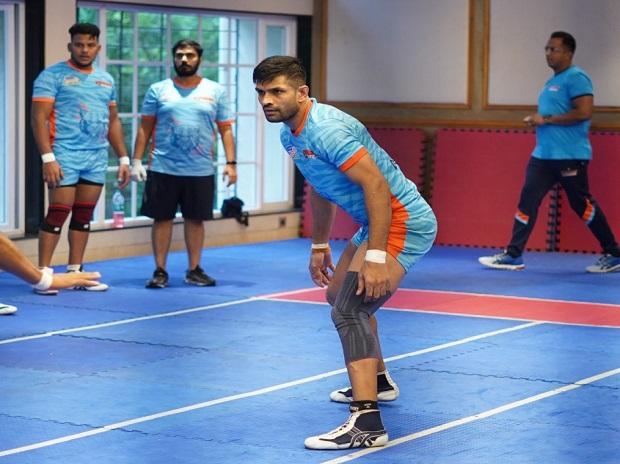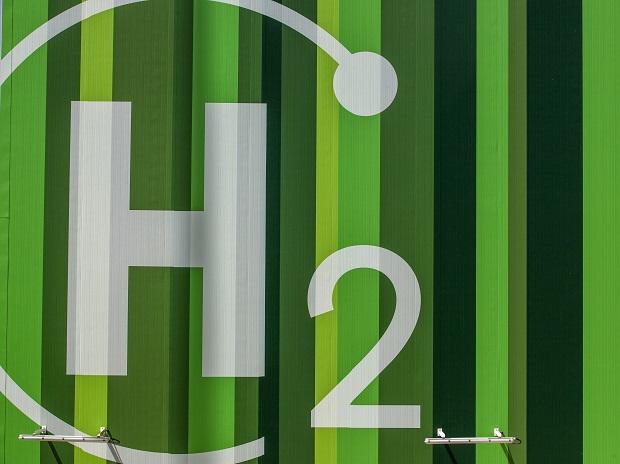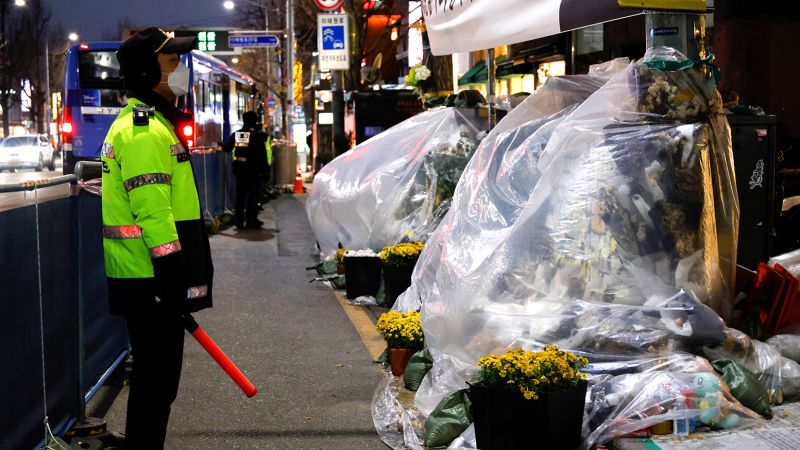In the summer of 2014, Deepak Hooda was called up to the Indian kabaddi team national camp in Bengaluru for the Asian Games for the first time in his life. He’d been there a few weeks when one Saturday, while he was running laps on track, his phone started ringing incessantly. It was May 20, the day of the first Pro Kabaddi League (PKL) auction. Several of his teammates and coaches were watching the stream on their phones.
Hooda kept his laps going till it was time for a break. His phone hadn’t stopped ringing all of this time. When he picked it up, a bit annoyed by the distraction, the caller, a childhood friend, told him he’d invited the second-highest bid at the auction – Rs. 12.60 lakh.
“I soundly abused him for pranking me at training time and hung up the phone,” Hooda says. A minute later, Samar Chaturvedi, an official from the kabaddi federation, called to tell him that a journalist would reach out to him for an interview about becoming the second most expensive player at the auction.
The highest bid that year was for Rakesh Kumar – Rs 12.8 lakh.
From then to now, as the ninth edition of PKL begins on Friday, October 7, kabaddi has entered a whole new league.
“You want to know if it has grown?” Hooda laughs. “Think about the difference in bids now. Pawan (Sehrawat, the most expensive player in PKL history today) went for Rs 2.26 crore!”
Also, compare the money the winning team got: In Season 1, it was Rs 50 lakh; and in the last season, it soared to Rs 3 crore.
Hooda, too, has since climbed up the ladder, and is now the captain of the national kabaddi team, and of his PKL side, the Bengal Warriors. That first season, and everything that followed, changed his life’s ambitions and dreams in ways only earth-shattering things can.
Hooda’s parents passed away in 2009, when he was in Class XII. Forced to support his siblings, he gave up his studies to try and make it professionally in kabaddi. For years, he slogged away in the hope of making it to the state team, and landing a government job that would guarantee a decent salary.

In 2014, when he was picked for the Haryana team for the nationals, he didn’t let the chance slip.
He was adjudged the best player of the tournament. What followed was history. He is now one of the biggest faces of PKL’s ninth season.
Mud to mat and more
While this may seem an anomaly, it isn’t. The PKL is a perfect example of a smooth functioning, equity-based free economy, where a small idea grows into a behemoth, without destroying everything else in its path.
The league’s riches haven’t just transformed the sport’s consumption in India, but also desires, dreams, techniques, professionalism and the very roots of the ancient game itself. According to Broadcast Audience Research Council (BARC) estimates, season five was the most watched, with 1.6 billion impressions – a rise from season one’s 435 million.
From desiring government jobs and safe salaries, young kabaddi players now dream of landing seven-figure contracts in the PKL. “Understandably parents are also more encouraging of the kids now,” says Sanjeev Baliyan, coach of the Jaipur Pink Panthers. “It seems a viable career option to them. There is professionalism, global fame and, of course, financial stability.”
Like the players, coaches too have benefited. From being given posts to coach department teams or national squads, they are now the mainstays of 12 franchises – each franchise has two coaches. “A healthy, challenging environment results in improved performances from us as well,” Baliyan says. “Coaches learn about sports science, physiotherapy, proper diets and strength and conditioning.”
Jasvir Singh, coach of the UP Yoddhas, also credits PKL for bringing stats, video and number-based analysis into the game. “Earlier, you’d scout your opponents by going to see them play a few days before your encounter; or maybe see if there was some hazy YouTube recording of some of the players,” he says. Now, with footage from every game of the season available, coaches’ preparations have taken a drastic turn towards the modern.
This, furthermore, extends all the way to the grassroots. “Now, teams have a video analyst, a cameraperson, a technician even at nationals and inter-department level etc,” Singh says.
Even state-level tournaments are now being conducted on mats instead of mud – a difference of the earth and sky.
“The types of moves have changed because of the playing surface,” Baliyan says. “For instance, the ‘chain hold’ was very popular back in the day but now not so much. The mat gives players better grip, especially with their shoes, so they are uninhibited about trying dives and jumps, which they’d never attempt on the mud.”
The league has made national superstars of men who were basically heroes within their bastion. The myth that kabaddi is a north Indian sport – one that could easily be shattered by the fact that Haryana only won their first ever national title at the turn of the millennium – has been decimated by the vast variety in the teams that take part in the league itself. The 12 teams (season 1 had eight) spread from across the country: Tamil Nadu, Karnataka, West Bengal, Gujarat, Andhra Pradesh and Bihar, states not commonly associated with the sport, will be represented in the ninth season of the league.
Girish Ernak, a defender with the Bengal Warriors, sums it up best: “It doesn’t matter where we go, people recognise us and ask for photos. It feels good to be appreciated, respected…”
Note:- (Not all news on the site expresses the point of view of the site, but we transmit this news automatically and translate it through programmatic technology on the site and not from a human editor. The content is auto-generated from a syndicated feed.))




Fascinating blog! Is your theme custom made or did you download it from somewhere?
A theme like yours with a few simple adjustements would really make
my blog stand out. Please let me know where you got your theme.
Thanks
I enjoy reading an article that will make people think.
Also, many thanks for permitting me to comment!
https://w2.livehk.us/
I couldn’t refrain from commenting. Perfectly written!
Hi there, everything is going fine here and ofcourse every one is
sharing facts, that’s truly good, keep up writing. http://india-to-nri-business-directory.easy96.com/snjat-kvartiru-v-gomele-na-sutki-i-chasy-10/
We’re a group of volunteers and starting a new scheme in our community.
Your web site provided us with valuable info to work on. You have done an impressive job
and our entire community will be thankful to you.